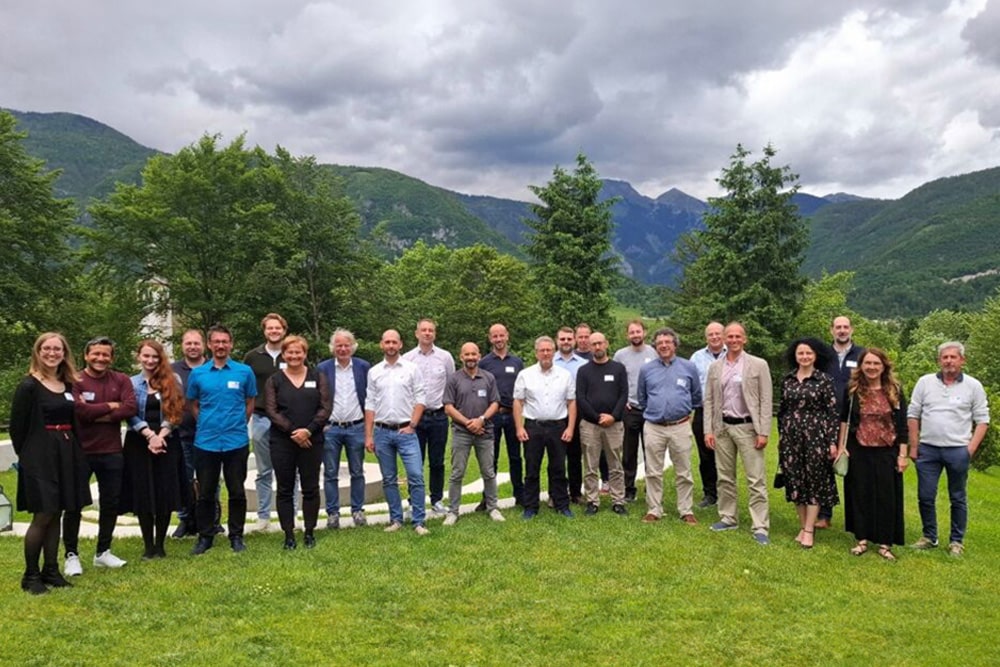GREENE project kicks off in the EU to develop high-performance magnets
The project is led by the Slovenian Jožef Stefan Institute and will run over four years. During this time, the 15 partners from commercial and academic backgrounds will develop high-performance magnets based on neodymium-iron-boron and redesign them in an innovative way. The redesign process will take place at the single-grain level “to minimise the overall content of rare earths and thus reduce the environmental impact and dependence on the supply of these important raw materials.”
The project aims to create more resource-efficient magnets, which offer “a roughly 20% increase in coercivity, 10% in remanence, and 20% in overall maximum energy product.” The first step involves creating “novel grain boundaries and interfaces […] using micromagnetic simulations and computational thermodynamics.” The results will then undergo a testing phase, and by the end of the project, the partners aim to have set up an “actual operational setting.”
Project GREENE’s initiators launched the product due to finding that Rare-earth element (REE) permanent magnets based on Neodymium Iron Boron (Nd-Fe-B) are vital components of high-tech products, which are all required for a “green energy future, like e-vehicles and wind turbines.” Sourcing these materials has become a global arms race, however, or as the project initiators write “magnet demand is increasing drastically – supply, however, is under threat.” As the EU is currently dependent on imports, which mainly come from China, and the current market atmosphere is slightly hostile between the EU and China over import tariffs, it is likely not a bad idea to explore alternatives, even if actors on the commercial side are cooperating, such as Xpeng and Volkswagen.
“GREENE aims to develop essential technologies, knowledge, and materials within the EU, boosting Europe’s independence and industrial competitiveness in line with industry needs. It is set to make significant scientific advances, contributing to the growth of green technologies. Thus, the next four years will be crucial for research in permanent magnets,” said Prof. Kristina Žužek, Coordinator of GREENE.
The GREENE is funded with 8 million euros by the EU. The consortium is also backed by the German Hochschule Pforzheim and Hochschule Aalen, as well as Steinbeis Europa Zentrum/ Steinbeis 2i GmbH and Hypromag GmbH and Robert Bosch GmbH, who are all also based in Germany. There are also two actors from Austria with the Universität für Weiterbildung Krems and the Technical University of Vienna. The University of Zaragoza comes from Spain, alongside the Agencia Estatal Consejo Superior de Investigaciones Cientificas, while the Vinnytsia National Technical University comes from Ukraine. From France, there is the Centre National de la Recherche Scientifique CNRS, while the Netherlands are represented by the University of Leiden. An Italian organisation is also involved with the Consiglio Nazionale delle Ricerche.





0 Comments